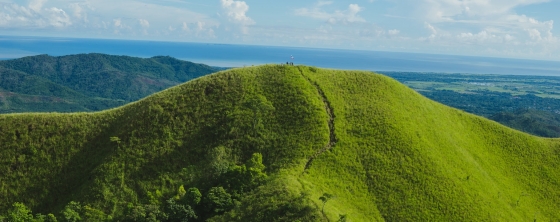Gunung Mulu National Park Weather and Climate: A Comprehensive Guide
Gunung Mulu National Park maintains a fairly consistent very warm average temperature.
It is also known for its large amounts of rainfall.
Now, let’s break down all the climate details for a clearer picture.
Average maximum day and minimum night temperature
The climate in Gunung Mulu National Park remains fairly constant, offering very warm temperatures throughout the year. Typically, average maximum daytime temperatures range from a very warm 32°C in May to a very warm 30°C in the coolest month, July.
Nights are cooler, with lows often dropping to around 21°C during the colder months. Check out our detailed temperature page for more information.Temperature ranges by month
Precipitation and rainy days
Gunung Mulu National Park is known for its substantial rainfall, with annual precipitation reaching 3292 mm. Precipitation levels in Gunung Mulu National Park remain relatively steady throughout the year. November has the most rain, with 321 mm over 25 days. In July, this drops slightly to 209 mm, making the city's climate fairly predictable.The mean monthly precipitation over the year, including rain, hail and snow
broken clouds and chance of rain broken clouds and thunder broken clouds and thunderForecast for Gunung Mulu National Park
The best time of year to visit Gunung Mulu National Park in Malaysia
Gunung Mulu National Park has high temperatures year round ranging between 30°C and 31°C.The average rainfall figures in Gunung Mulu National Park are quite high. Throughout the year, you have a chance of prolonged precipitation. So no matter what time of year you go, you will always have to deal with a high number of rainy days. This makes it more challenging to point out the best time of year to visit. Other facts from our historical weather data:
May has an average maximum temperature of 32°C and is the hottest month of the year.
The coolest month is July with an average maximum temperature of 30°C.
November tops the wettest month list with 321 mm of rainfall.
July is the driest month with 209 mm of precipitation.
No idea where to travel to this year? We have a tool that recommends destinations based on your ideal conditions. Find out where to go with our weather planner.




